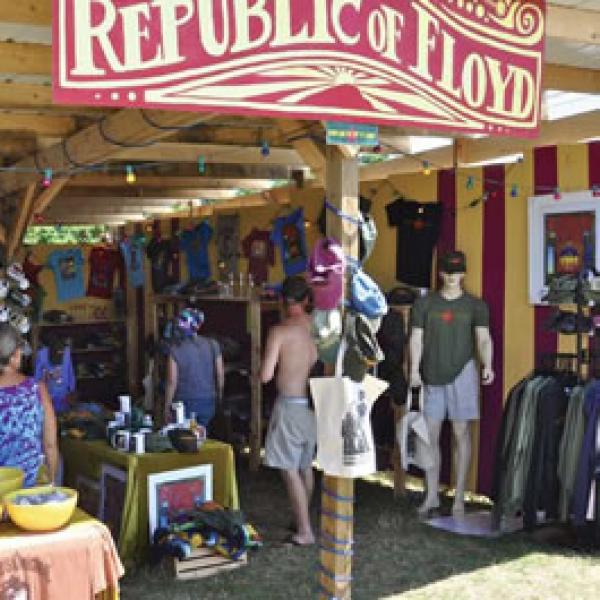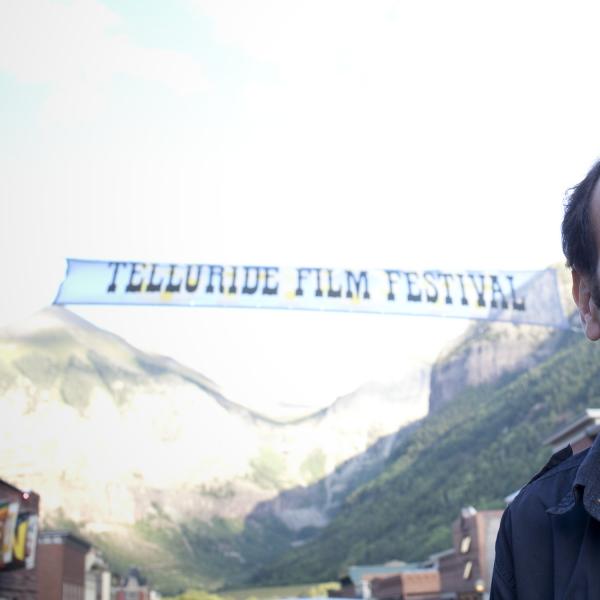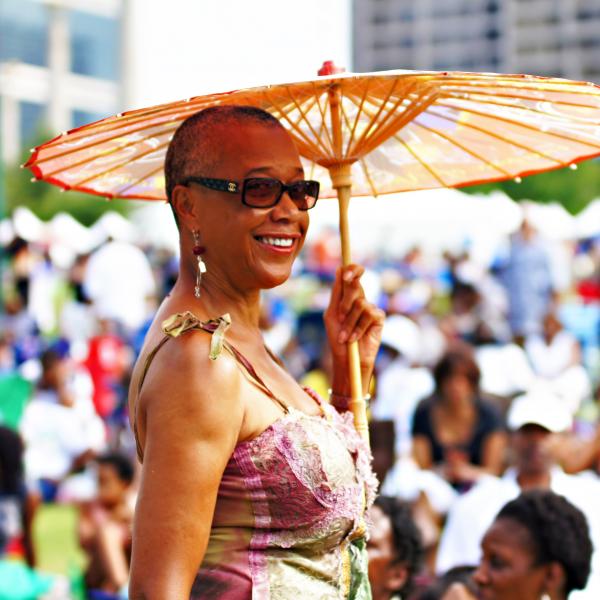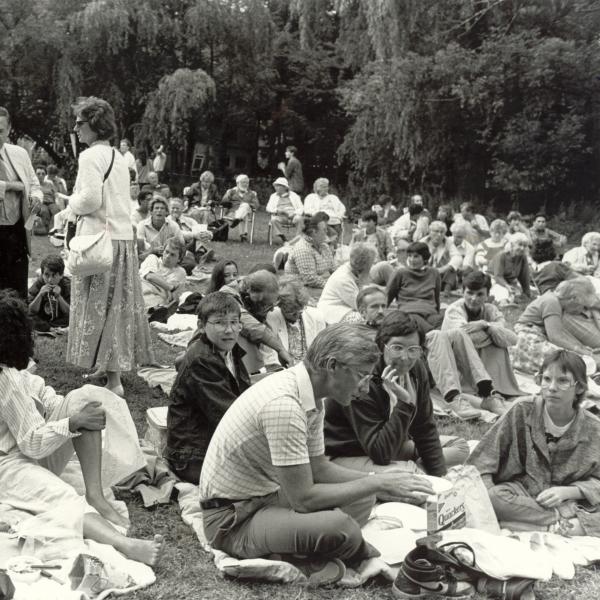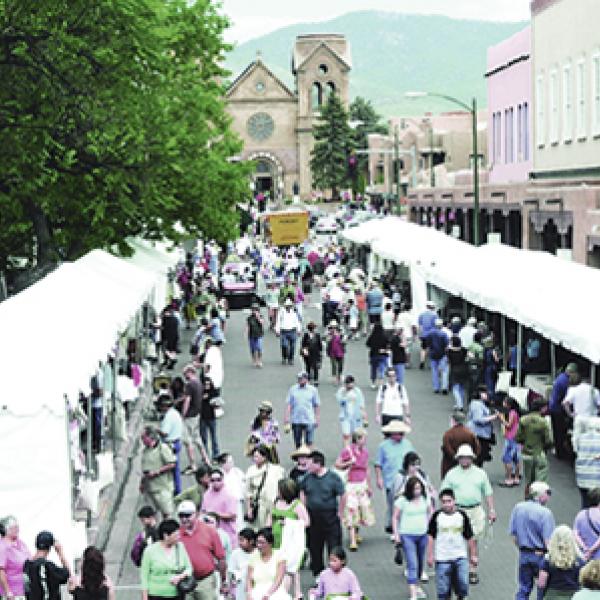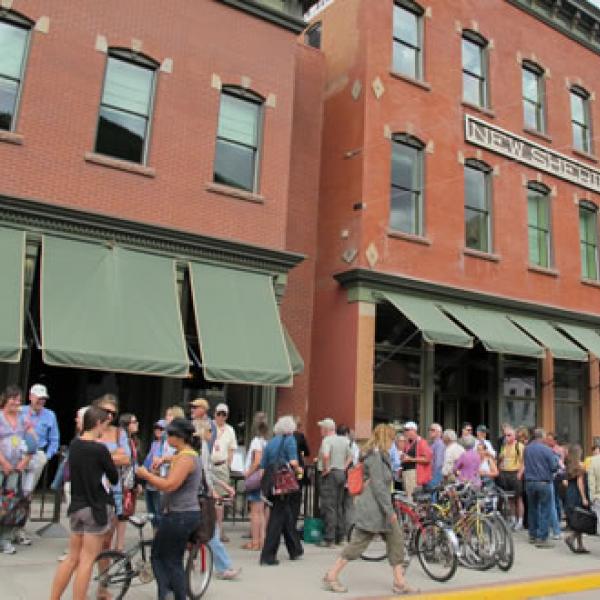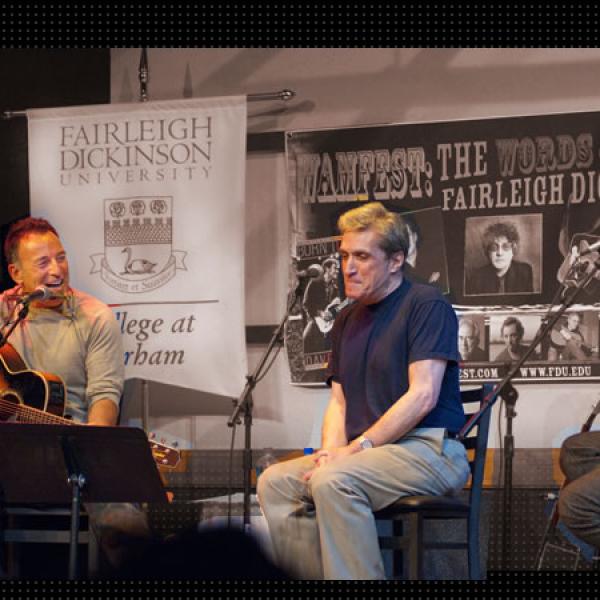Shaping New Forms
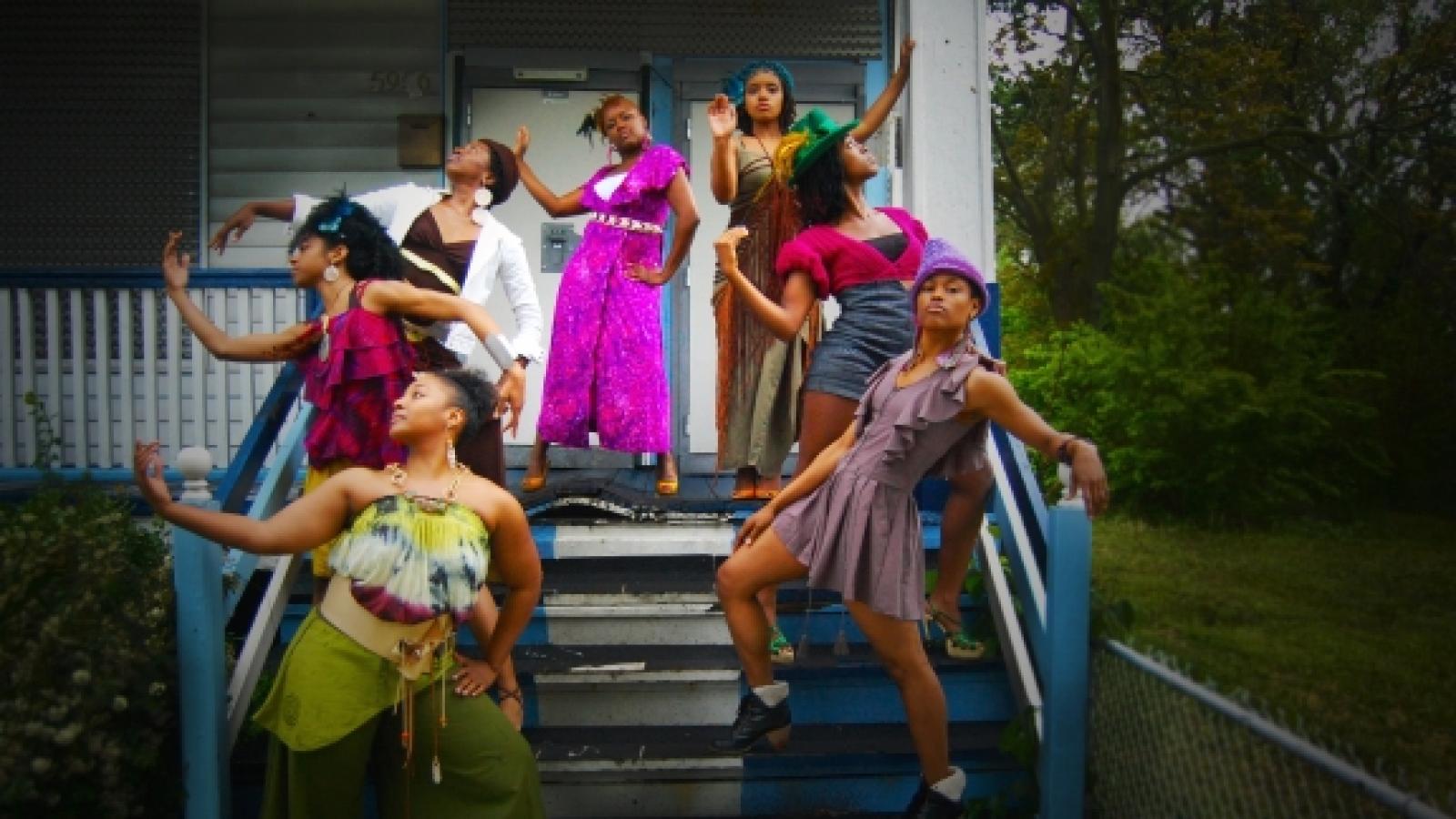
Red Clay Dance, clockwise from lower left: Eboné Lewis, Llisa Bruce, Alitra Cartman, Vershawn Sanders, Shari Simpson, Brittany James, and Yah-Unity Israel. Photo by Chelsea S Porter Contrera
Red clay. The soil of the South, against which feet fall and hands slap. Soil that can be molded and shaped into new forms. When dancer and choreographer Vershawn Sanders was looking for a name for her contemporary dance company, she thought of these attributes of the land where she grew up and the fit was good.
"I was born in Mobile, Alabama, and I remember the red clay there. My movement style is grounded and the shapes I create have a molded-from-the-earth feel to them so taking the name Red Clay Dance made lots of sense. In fact, the company tagline is 'movement from the earth expressed through humanness.'"
Red Clay Dance is a seven-member ensemble of African-American women who create, perform, and teach work inspired by the African Diaspora, work that strives to, as stated in their mission, "awaken 'glocal' change…that transforms social, cultural, and economic imbalances." The young Chicago-based company is preparing for a tour to Africa in October 2011, supported by a grant from the USArtists International program of Mid-Atlantic Arts Foundation, which receives funding from the National Endowment for the Arts.
Between rehearsals and classes, we spoke with Sanders about "glocal" change, international exchange, and what it's like to collaborate with artists from very different cultures.
NEA: First question, what is "glocal" change and how does that influence your work?
VERSHAWN SANDERS: Glocal change is obviously a combination of the words global and local and speaks to the human body and to society at large, a dichotomy I try to address through my work. If you look up the word local in the dictionary, one definition is "pertaining to or characterized by place or position in space; spatial," so the body as a local entity. But then through movement, one can express global issues, experiences, thoughts, feelings.
Dance is such a powerful form of communication. Jawole Willa Jo Zollar and Urban Bush Women, and Ronald K. Brown are among my influences and glocal could be applied to their work as well, the shaping of the local to express the global. I want my work to inspire awareness of issues and become a call to action.
For instance, when the company was selected to perform in the Joyce Soho A.W.A.R.D.S show in 2009, we did a piece of mine called Diamond in the RUF about the diamond trade and the civil wars in Sierra Leone. As wonderful as it was to perform, the most exciting part of that experience was the dialogue afterwards with the audience. Hearing their reactions to the piece was so illuminating.
NEA: Congratulations on receiving the grant from USArtists International. Tell me what festivals you'll be visiting.
SANDERS: The company will be attending three festivals. In Dar es Salaam, Tanzania, we will be at the Visa 2 Dance Contemporary Dance Festival. Then we travel to Kampala, Uganda, and the Dance Transmission Festival where we'll be teaching workshops. And then we'll be in Nairobi, Kenya, to teach and perform. I've been collaborating for about two years with Keiga Dance Company from Uganda and their founder and director Jonas Byaruhanga. Jonas and I will perform a duet and team-teach classes.
NEA: Tell me what it's like to be an African-American contemporary dancer in Africa.
SANDERS: When I was in Kampala, Uganda, at the Dance Transmissions Festival last year, I was the only African American attending. I was very conscious of that and, although it was awkward at first, I thought "Well, I'm here, just be with it and make the most of the experience." Something I didn't expect was how strongly I would be identified as an American and as representing American culture, [and] the assumptions that were made about me. But I really wanted the dancers I met to understand my voice and my perspective so I had to work harder at that than I thought I might.
NEA: What do you hope to gain from your tour to Africa?
SANDERS: On a basic level, I hope it leads to more opportunities to perform in Africa and other international festivals. I certainly want to deepen relations with Keiga Dance Company and Jonas and to expand our collaborations.
Another goal is to learn more about what it means to collaborate. How do you start? Where do you start? I'm very interested in developing models for better collaboration. For example, when Jonas and I collaborated on creating a piece last year, we would work on a section and then Jonas would walk away. And I would be standing there saying, 'What the heck are you doing? Get back here.' But that was the way he choreographed, stepping back to let things percolate, and then reentering the work.
I'm also interested in seeing what kind of an influence I and the company can have on women in some of these countries where women are not encouraged to dance beyond traditional or social dances. In fact, they are harassed in class by the men who are the ones expected to dance. Through my dancing, I want to show the strength and power that comes with being a woman and a dancer, not only the physical strength but the emotional and spiritual strength too.
NEA: What do you hope that your African hosts, audiences, students, and other participants take from your appearances in these festivals?
SANDERS: I'm looking forward to hearing their feedback on our performance. Hearing audience impressions has been such an empowering experience. I want to allow this audience to see how others see their culture, not in a judgmental way but just as a way to let them know that we, Americans are paying attention. Truly, the kind of tragedy that took place in Sierra Leone could happen anywhere. It's a human issue not a geographic one.
The bigger question is, How can we as artists, as dancers help? What community assets can be used to make change? How do we as human beings respond to these kinds of tragedies? Ideally, the community would be able to engage these hard issues, and dance is such a good way to do that.
NEA: I've heard the phrase that "the arts audition difference."
SANDERS: Exactly! How can we express our emotions, get past them, and rebuild.
NEA: Any last words?
SANDERS: Well, we are really excited about the tour and showcasing our work. I am looking forward to truly making a glocal impact through my work. I want audiences to remember Red Clay Dance as a company that is socially responsible and used our talents to make a difference in communities of the African Diaspora.


